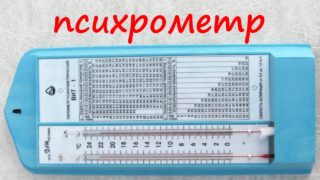The humidity level characterizes the microclimate in the home from the point of view of comfort for a person along with the quality and temperature of the air. For each room in the house, there are recommended indicators, depending on the purpose, which do not affect the well-being of a person and ensure the safety of the environment. Measuring the number of molecules of water vapor helps the determinant of air humidity in the apartment.
Air standards
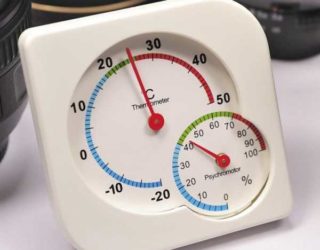
The atmosphere contains oxygen, nitrogen, carbon dioxide and other types of gases, the concentration of which does not exceed 1% of the total mass. Water vapor is also present in the air and is unsaturated - the number of molecules that evaporate from the surface of the water does not equal the number of elements that return there over a period of time.
The absolute moisture indicator expresses the mass in grams of steam that is actually present in 1 m3 of air. The value of the index is influenced by temperature and moisture inflow with new flows. At the same temperature, air can absorb a certain volume of vapors and be completely saturated with moisture.
Relative humidity is the percentage ratio of the absolute value to the level of steam saturation at a certain temperature. The pressure of the concentrated vapor increases when the air is heated; when the air is saturated, condensation appears in the form of dew and fog. You can measure the humidity in the apartment using special tools and devices.
Average standards for an apartment:
- kitchen, dining room, bathroom - 40-60%;
- study or library - 30-40;
- bedroom - 40-50%,
- for children - 45–55%.
The generally accepted indicator of humidity is taken at 45%, but varies depending on performance. Deviations occur in winter cold and summer heat. Lack of moisture or its excess leads to a deterioration in well-being and health. The bathroom and kitchen are distinguished by a high level of humidity due to their functionality, therefore, the standards for them are stipulated above.
In autumn, the air temperature decreases, and the heat sources are not yet involved in the work, therefore, ventilation should be increased to eliminate the exhaust air masses.
Instruments for measuring humidity in an apartment
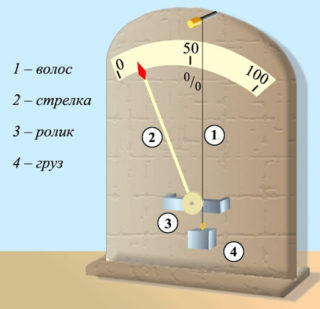
Thermohygrometer is a technical device for determining the degree of air saturation with water vapor and temperature. The principle of operation of the device is based on physical laws and chemical properties of materials.
There are several types of devices that change properties when the humidity changes:
- ceramic - uses the property of clay, kaolin or oxides of certain metals to change the electrical resistance;
- hair - works on the basis of the ability of human hair to lengthen and shorten;
- condensation - finds the dew point by the degree of heating of the metal element using an optical device;
- weight - operates on the basis of identifying the volume of absorbed moisture from a certain mass of the investigated flow.
The most commonly used electronic and psychrometric devices.
Electronic hygrometers for measuring air humidity in an apartment are:
- capacitive;
- conductometric (resistive);
- piezoelectric.
Capacitive devices determine the difference in the ability to collect electrical charge by a capacitor when the humidity of the environment changes. Resistive devices work on the principle of increasing or decreasing the electrical conductivity of polymers under different conditions. Piezoelectric ones function based on the property of a quartz plate to change the pulsation frequency with increasing weight when saturated with vapor.
Danger of high humidity and dry air
Problems in dry atmospheres:
- the appearance of dermatitis, peeling and irritation, a decrease in skin elasticity;
- redness of the eyes, dryness and burning sensation, drying out of the mucous membrane;
- headaches and weakness, decreased performance, increased stress on the heart and circulatory system;
- slow work of the digestive system;
- increased frequency of colds, dry airways;
- increased allergic reactions to various pathogens.
Plants in a dry microclimate evaporate more water, so their balance is disturbed, leaves curl, dry up and fall off. Colonies of spider mites, whiteflies, thrips develop on the body of indoor flowers.
An excess of water in the atmosphere is also painfully perceived by the human body, since mold, bacteria and fungi multiply.
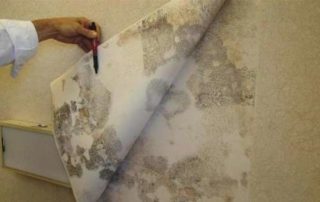
Damp microclimate problems:
- respiratory diseases are more frequent, for example, runny nose, bronchitis, asthma and allergies, sometimes temporary manifestations turn into a chronic stage;
- dampness and stuffiness are felt, it becomes difficult to breathe;
- the drying time of the wash increases.
Walls and pieces of furniture are covered with a thin layer of mold, and the air smells damp. Indoor plants rot and disappear. The curtains and frames of wooden doors swell and do not close well. In closed rooms, moisture hovers in the atmosphere and gradually settles on surfaces, creating an environment for bacteria.
Changes in air humidity at home
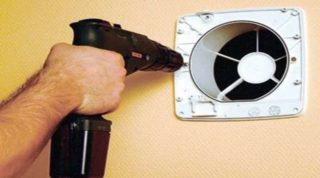
In winter, outside air sinks into the room and is heated by heat sources such as air heaters or central heating radiators. In its original state, it can retain a small amount of moisture, because chilled. As the temperature rises, the ability to humidify increases, but the vapor content remains the same, because moisture has nowhere to come from.
The difference between these positions (can hold and actually contains) increases, so the RH reading falls. Moisture evaporates from the surface of the skin, the water balance in the body is disturbed, a feeling of dryness of the mucous membranes appears.
Dampness in the apartment also appears for a reason and has reasons:
- There is no ventilation in the house, there is no natural flow of outside air or it does not penetrate enough into the room due to sealed modern windows or doors.
- Sometimes natural ventilation is not enough, but the forced inflow and removal is not organized or the channels that remove the waste masses are clogged.
- There is water in the basement of the house due to the poor work of the service company, in which case the foundation, walls, and flooring are saturated with moisture.
- The joints between the wall panels are poorly sealed, which leads to the formation of condensation inside the room and the gradual evaporation of drops.
- Neighbors from above are periodically flooded, due to which the ceilings and walls get wet and consistently give off moisture to the interior of the apartment.
Residents often dry their washed items inside the room, from the surface of which steam rises and humidifies the atmosphere. There is no dome hood above the stove, and steam from the boil is released into the environment. Sometimes water pipes become unusable in the thickness of the wall and become the reason for the enclosing structures to get wet.
How to increase humidity
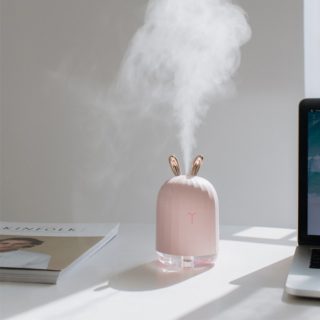
Indoor plants help to increase the humidity to normal levels, from the leaves of which water intensively evaporates. But in a dry room, they themselves do not have enough moisture, so spraying is an effective way. The procedure is best done in the morning.
To increase the content of water vapor in the air, you need:
- ventilate the room 2-3 times a day, regardless of the weather and temperature outside the window, open the openings for 20-40 minutes;
- carry out daily wet cleaning of floors and open surfaces;
- hang wet towels in the room, place containers with water and change them when dry.
The industry produces professional humidifiers in the form of steam, ultrasonic and mechanical devices.
In steam appliances, the liquid is heated by an electrical element, and in the form of steam passes into the atmosphere of the room. The units rapidly increase the humidity in the air.
Ultrasonic devices deliver cold steam, which is produced by waves directed at the moist membrane. They work silently and partially disinfect streams.
Mechanical installations are called sinks. They do not release steam, but let the air out of the room through the water lock. The flow is sucked into the container, where the blades rotate, touching the surface of the water when turning. The air is humidified inside and released into the atmosphere with the required characteristics.
How to lower humidity

Excessive saturation of the air space with water vapor can be prevented even at the construction stage or in the process of finishing work. For this, waterproofing of floors, external walls and ceilings is done. Roll materials or special impregnation with moisture-proof compounds are used. Such prevention will prevent the penetration of excess fluid, but will not solve the problem of moisture intake from internal sources.
Damp rooms must be regularly ventilated to allow inflow of materials with reduced moisture content. It is not recommended to dry wet clothes. It is required to check the operation of the ventilation system and identify leaks in the water supply and sewerage system. There are household dehumidifiers on sale.
Condensing units operate at a temperature not lower than + 10 ° C, taking into account the dew point. The device draws in air that falls on the plates cooled with a special substance up to + 7 ° C. Condensation is collected, drops flow into a collecting tank. The dehumidified air is warmed up before going out into the home.
The adsorption type functions in unheated buildings, basements, garages, verandas, attics. The unit has two chambers, hermetically sealed from the environment. A rotor is installed between them. The fan of the first compartment drives the air flow to the drum, where the moisture is absorbed using silica gel. The dried mass goes into the second chamber with a heater and goes back to the room.

